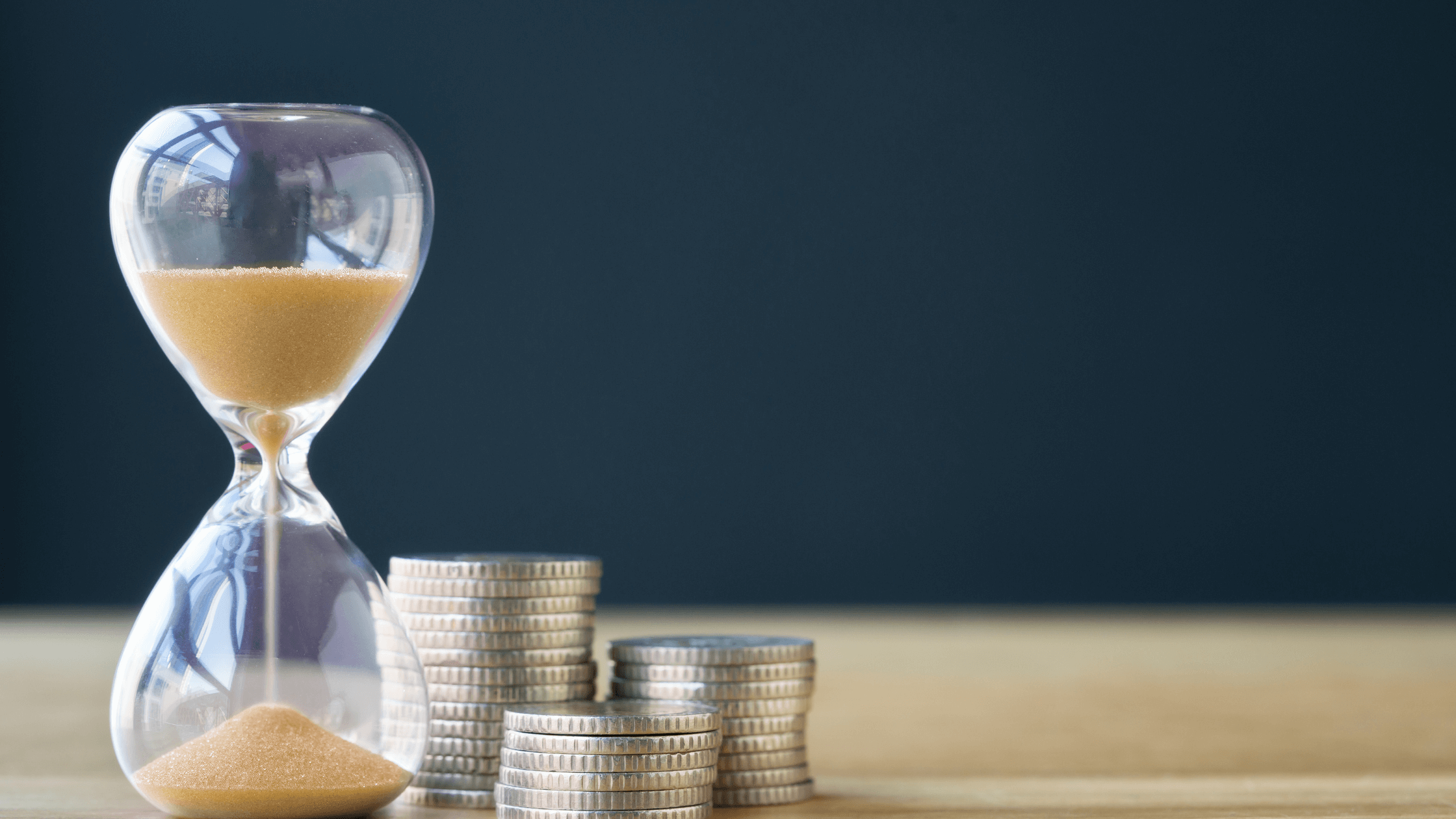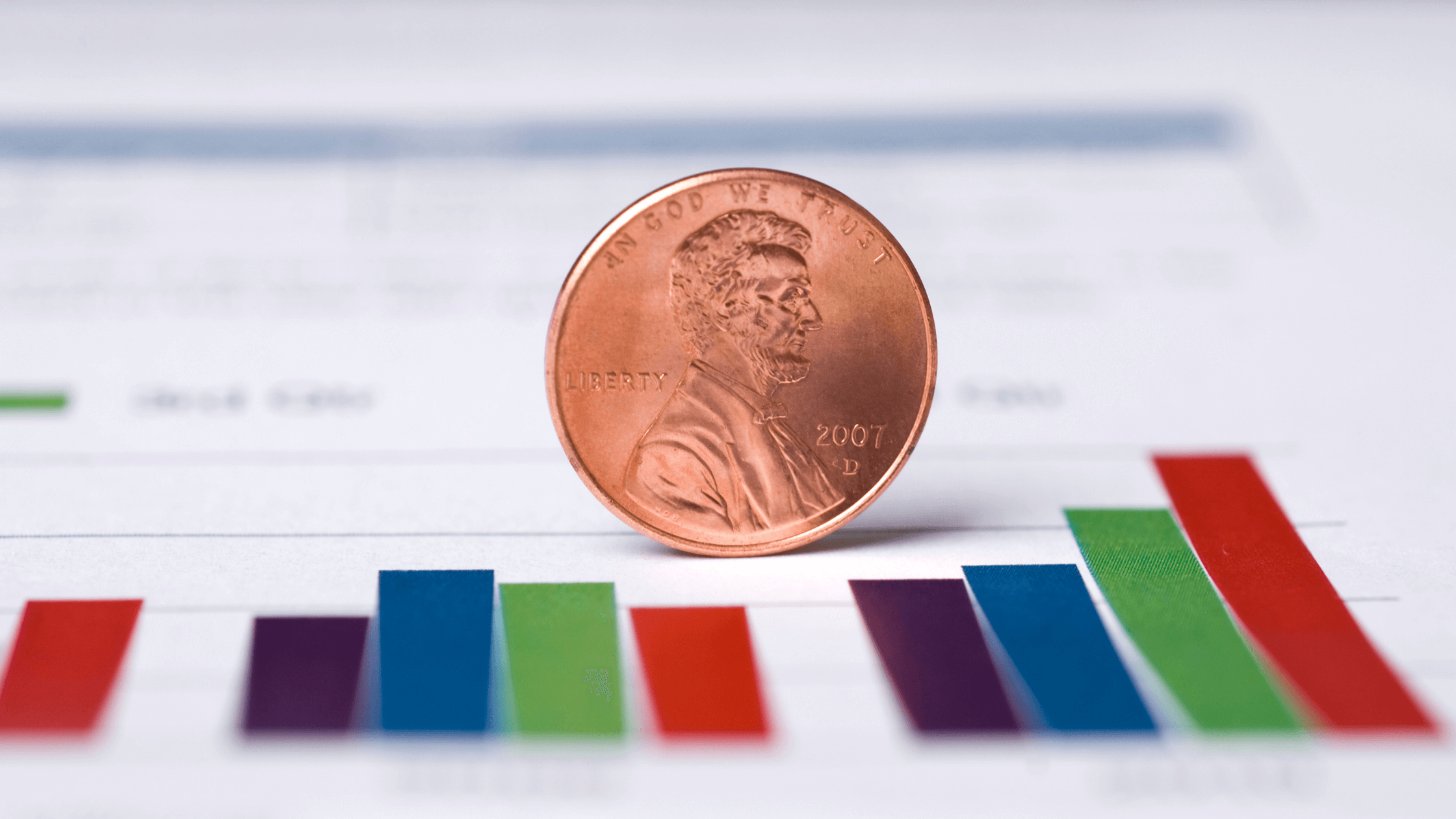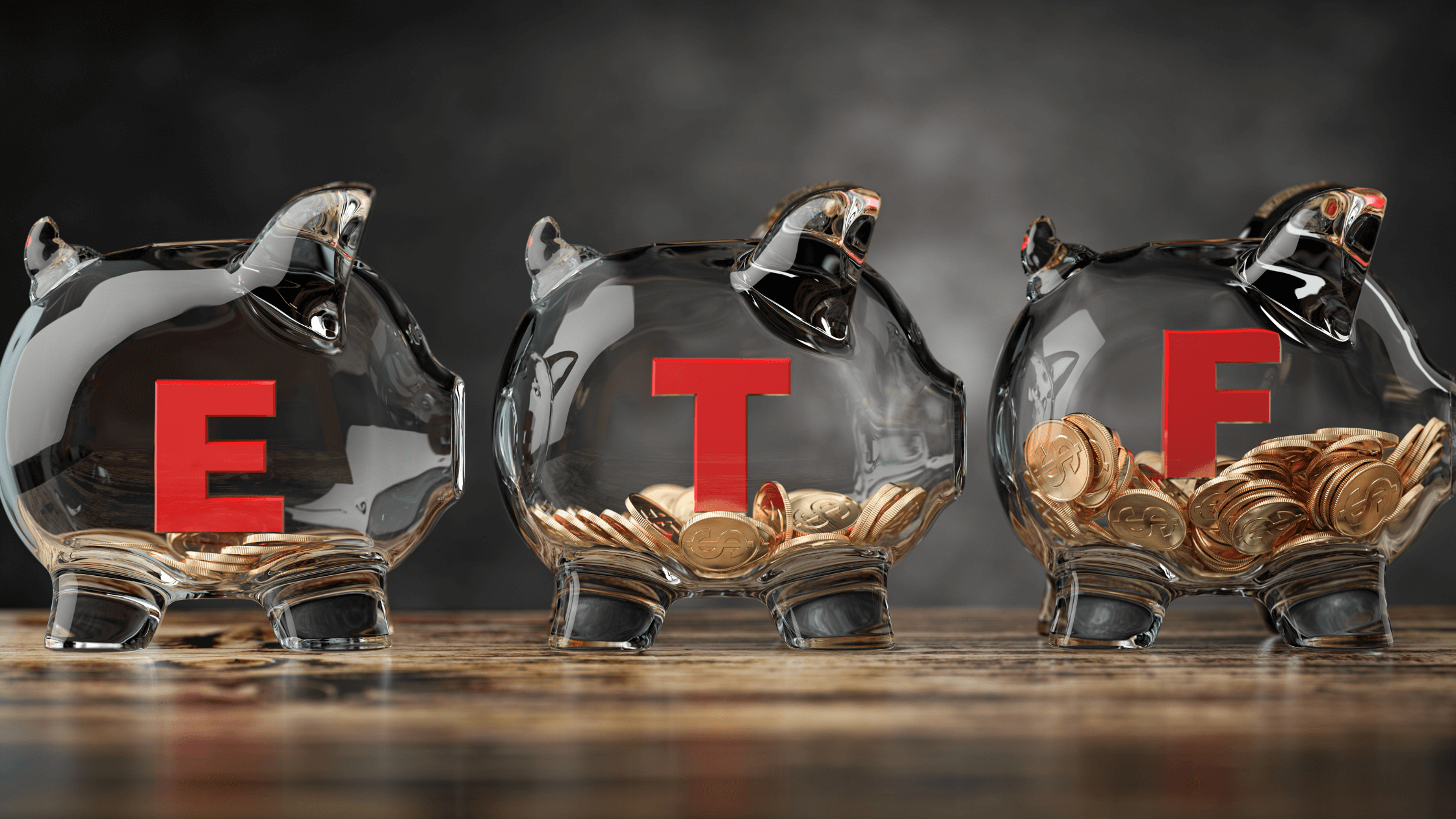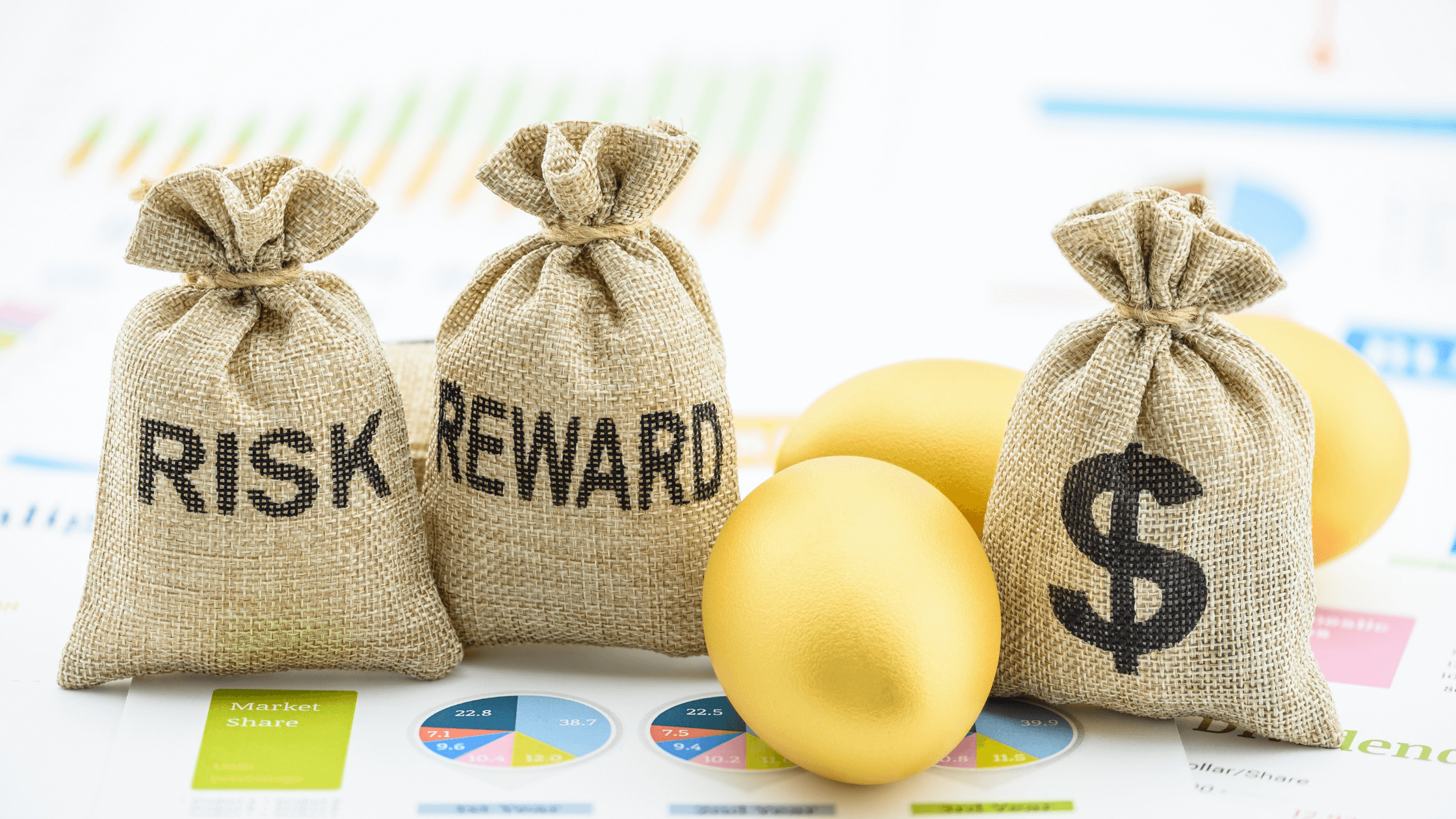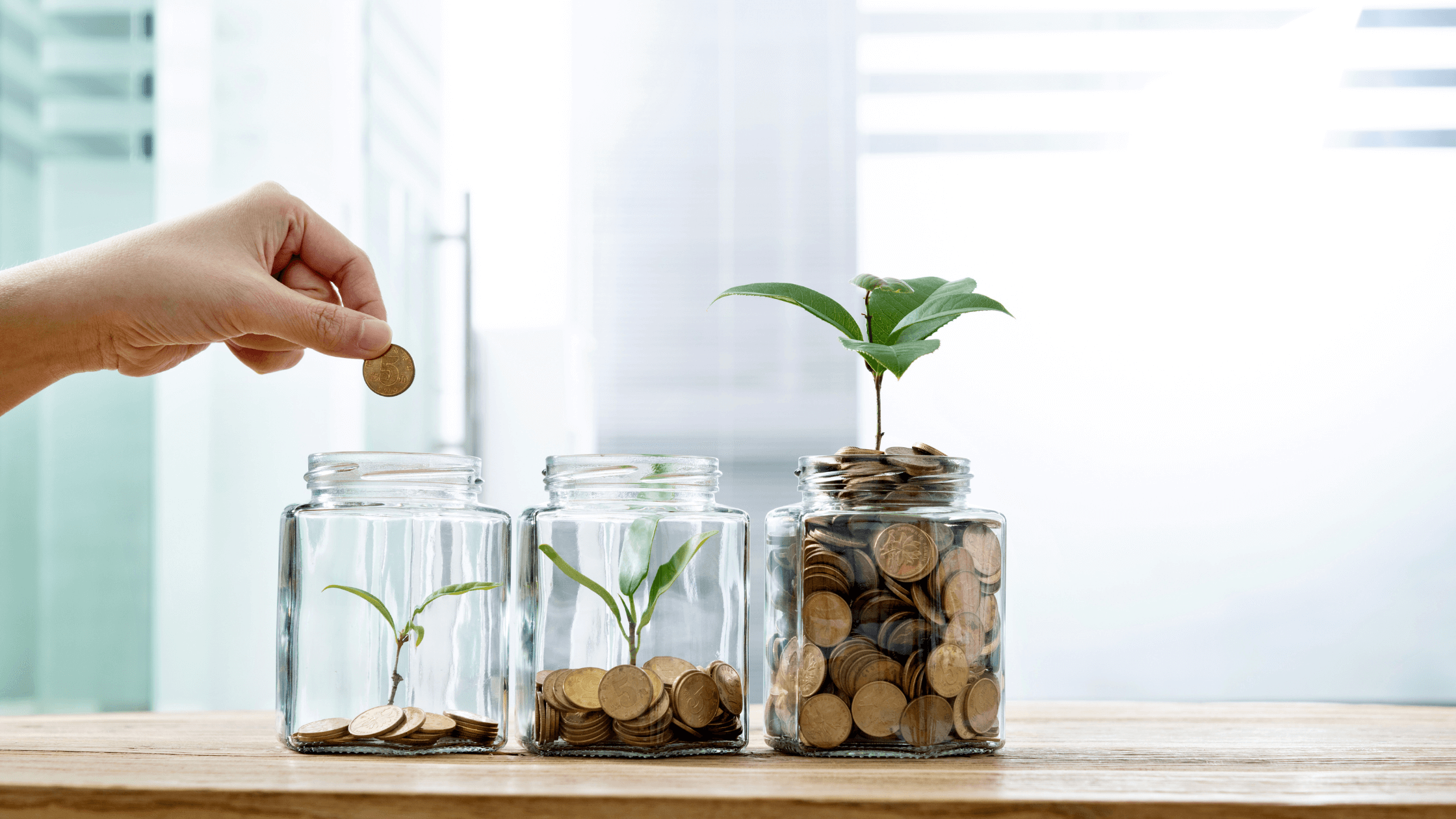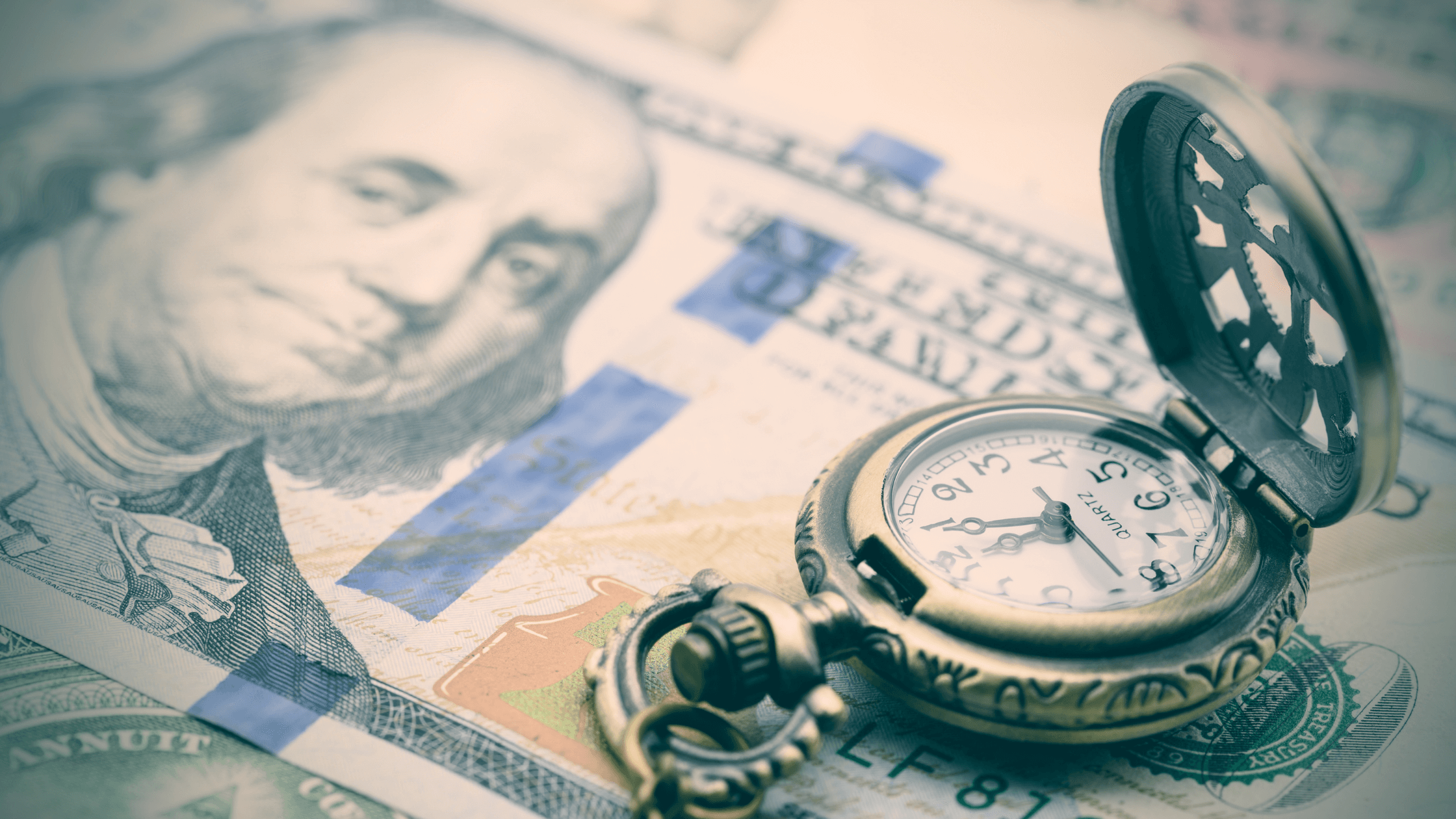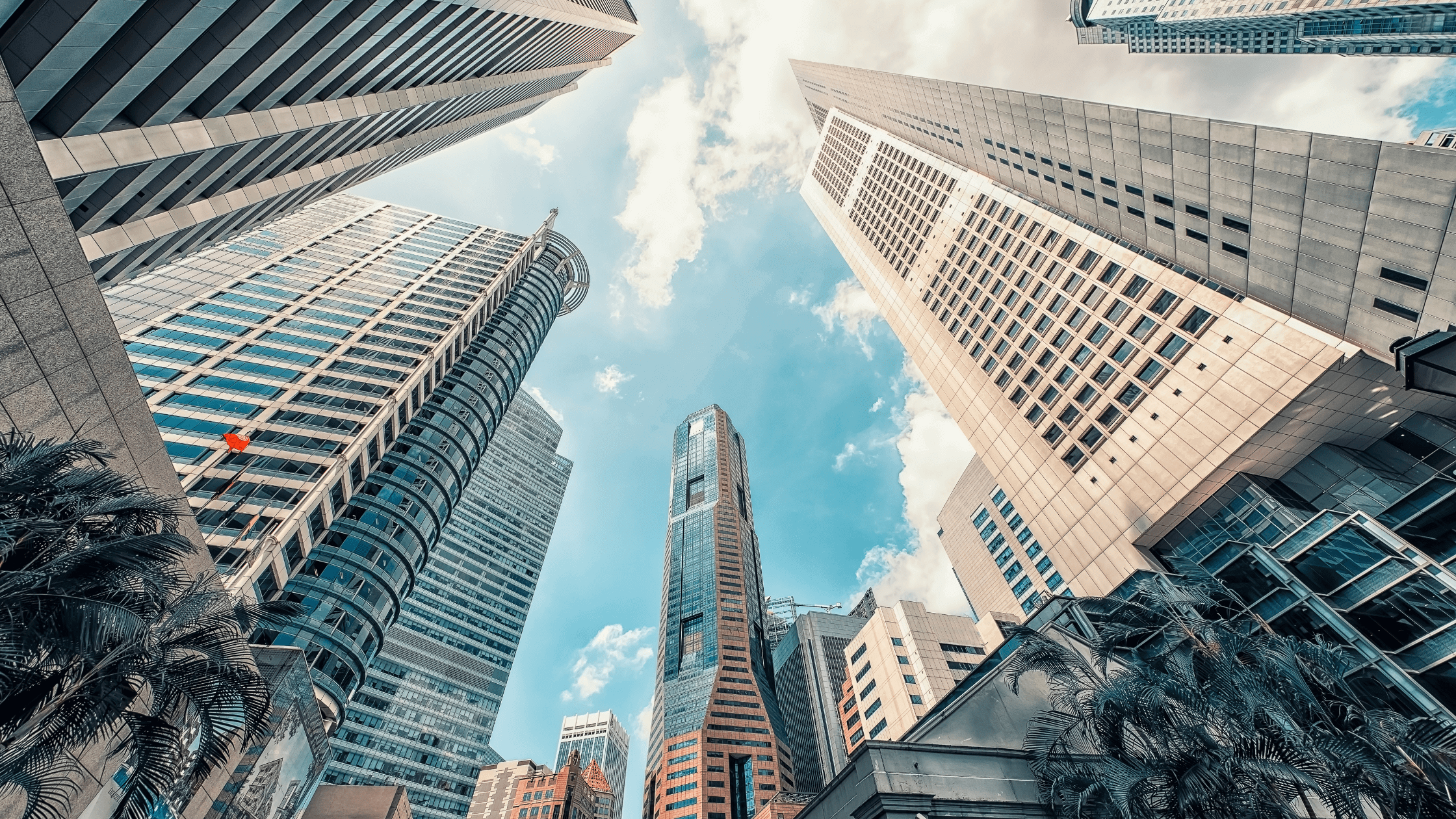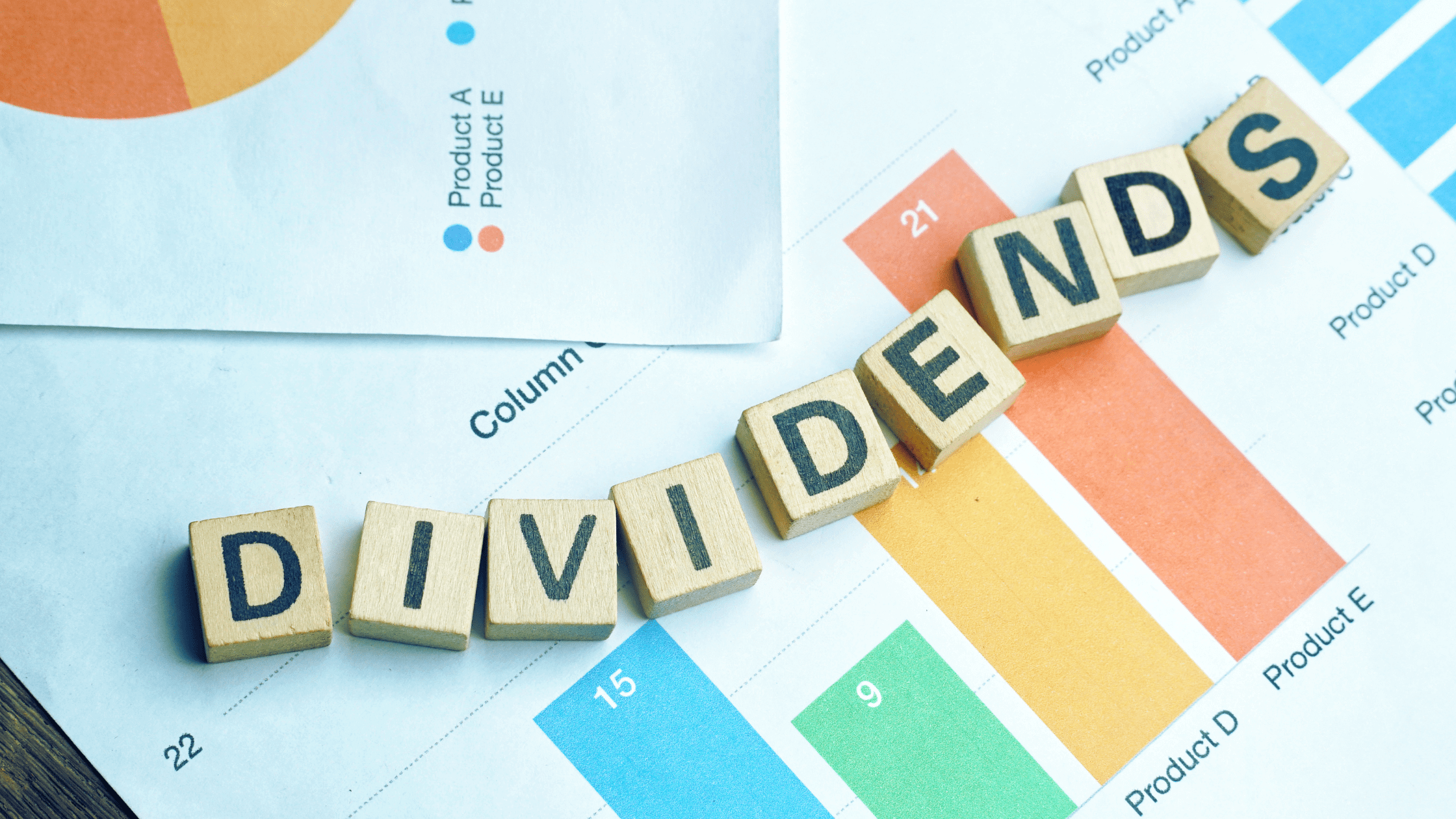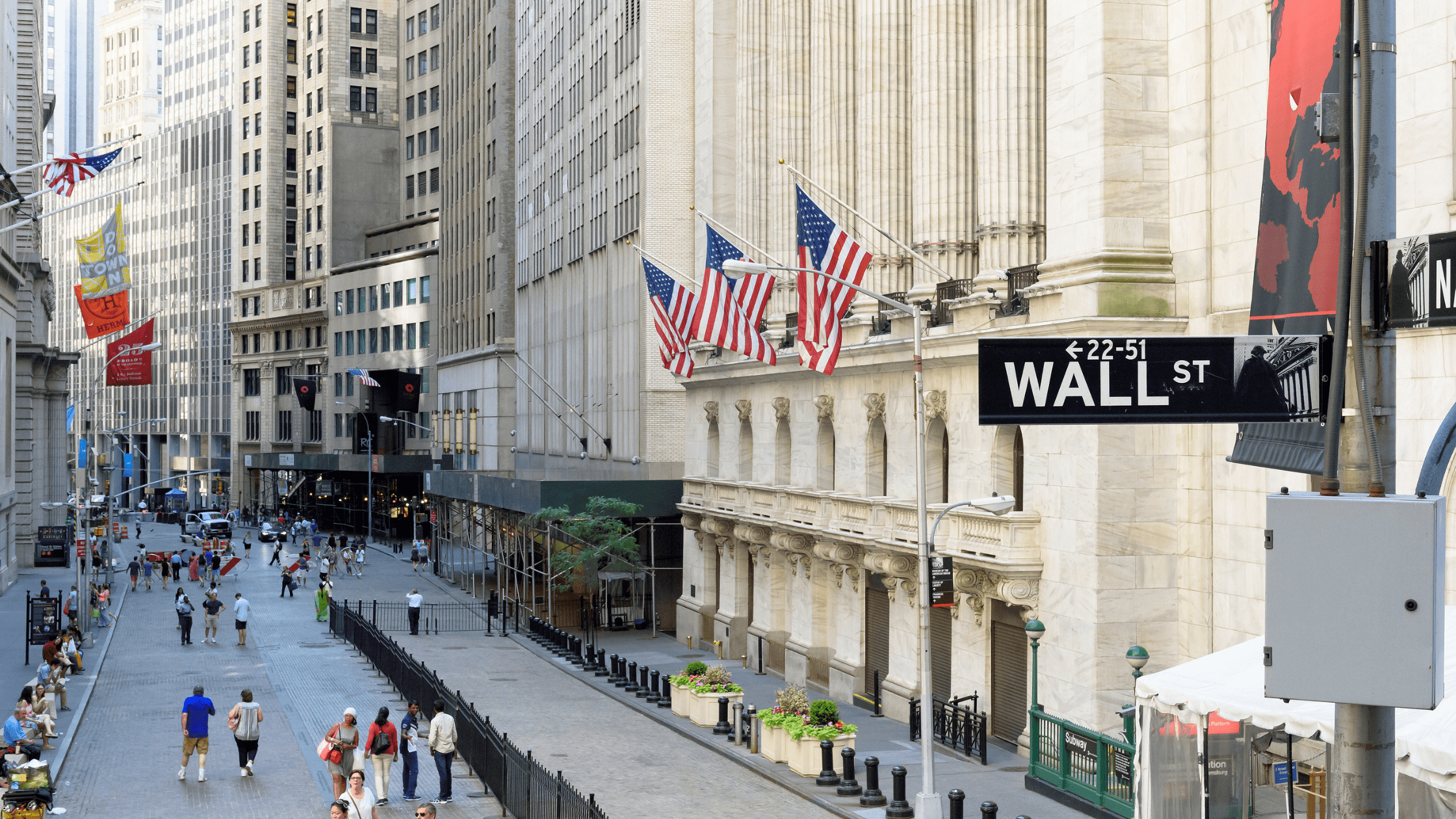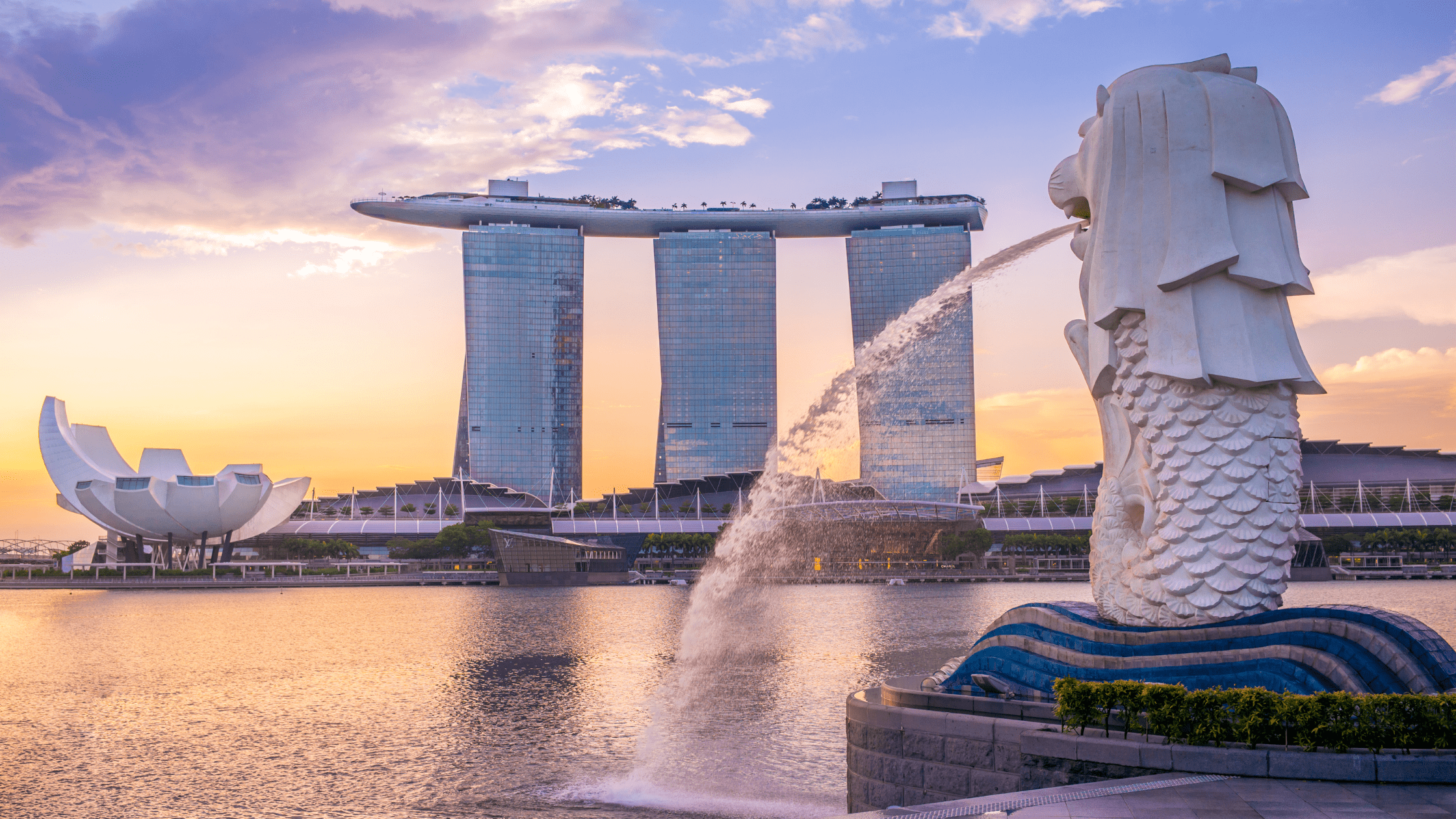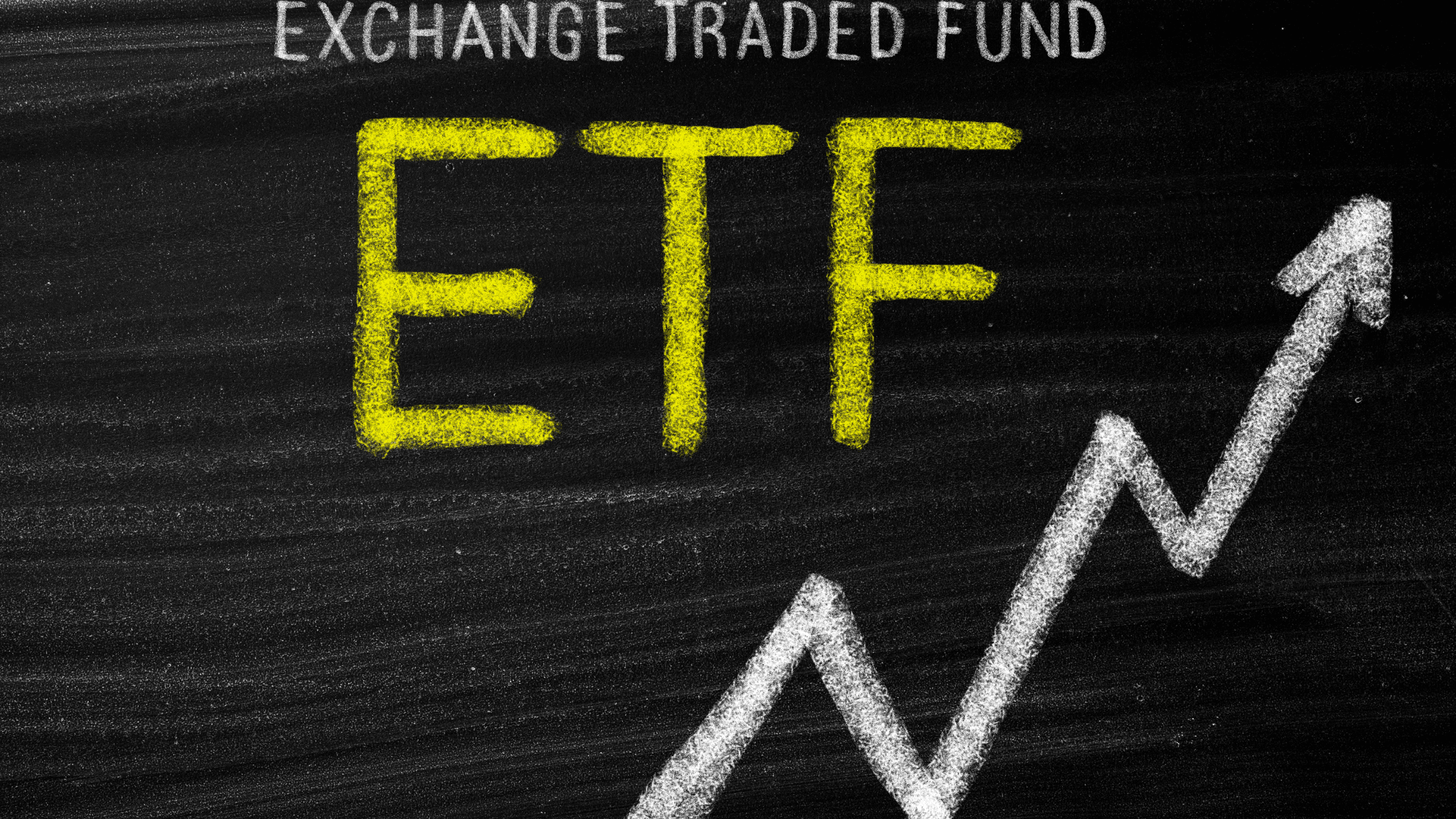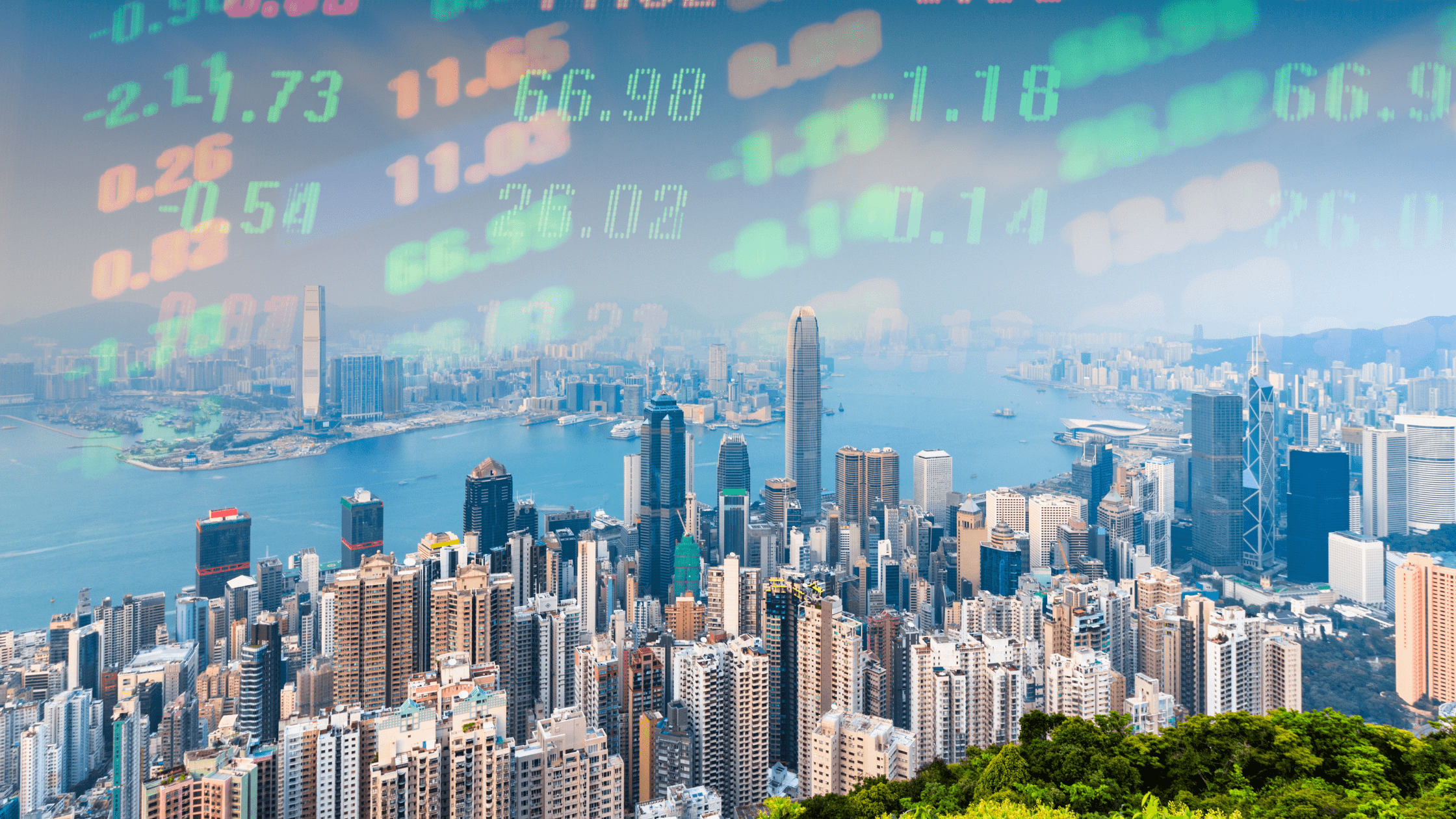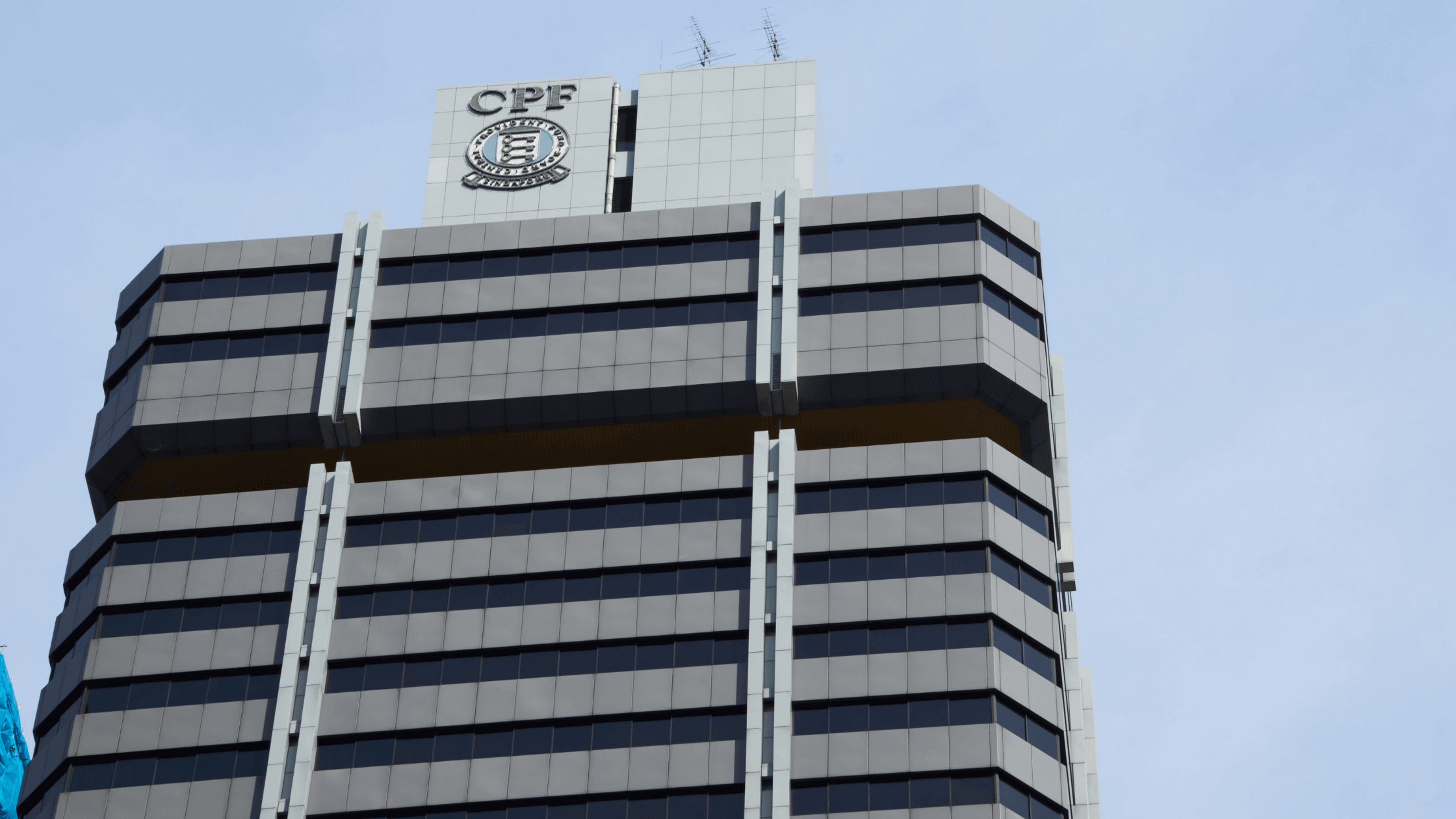Dividend Payout Ratio: Why It’s Important for Income Investors
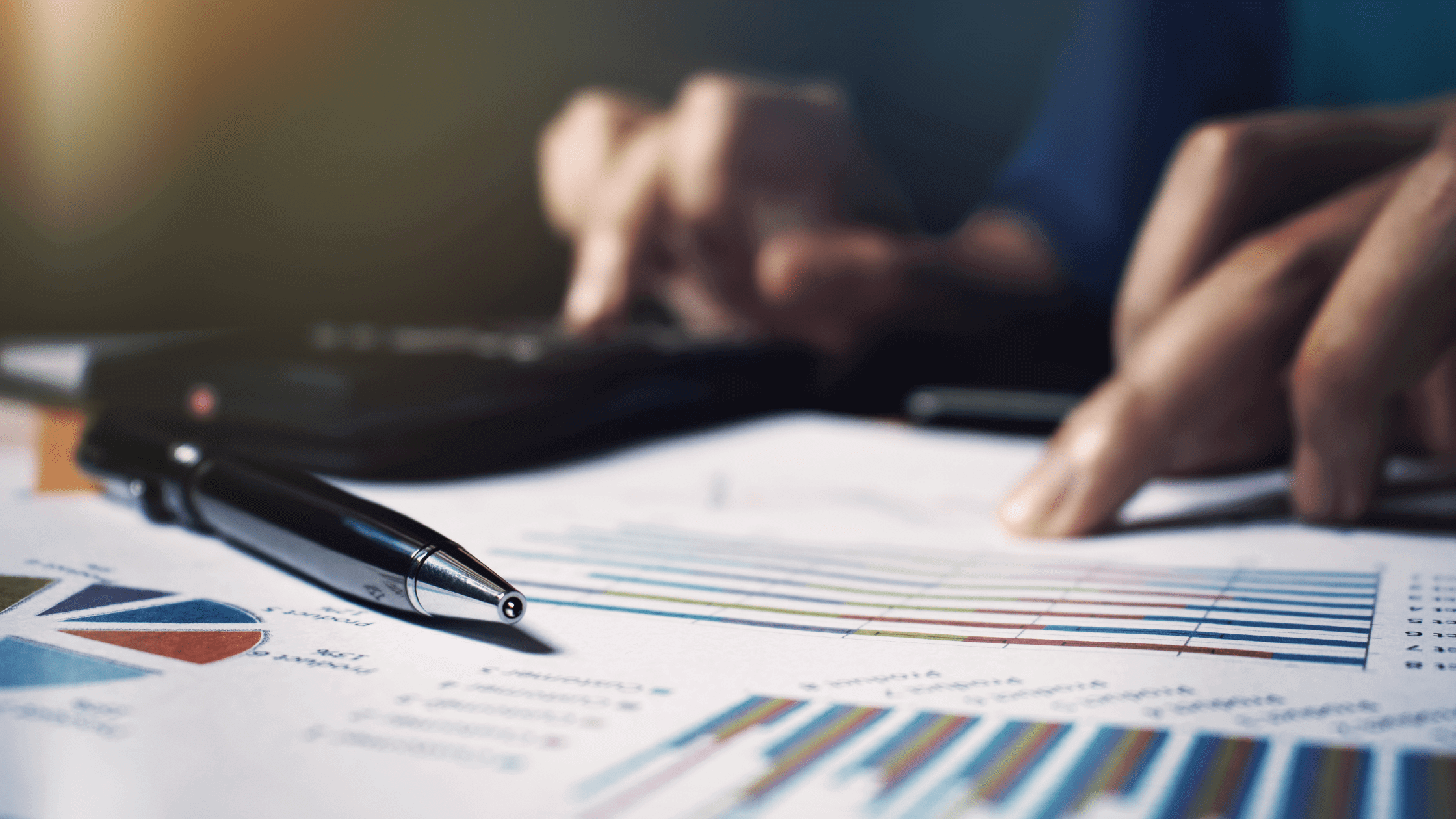
For those of us who invest in order to receive dividends, the first thing we tend to look at is the dividend yield. This, as we should all know, can be a misleading and very dangerous way of investing for income.
In fact, a really high dividend yield (say above 8%) can indicate that the market believes the dividend may be in danger of being cut.
If you recall, one of Hong Kong’s leading banks, HSBC Holdings plc (SEHK: 5), had a dividend yield in the region of 8%. That was just before the bank was forced to suspend its dividend in April.
If you look within Singapore, you can see some real warning signs of artificially high dividend yields. These are essentially “honey traps” that lure investors in with a fake promise of a massive payout.
One perfect example of this is Hutchison Port Holdings Trust (SGX: NS8U), which is a key port operator in Hong Kong. It has an incredibly high dividend yield of 20%.
Listed in Singapore back in 2011 at around US$1 per share, its units now trade for 12 US cents. So, over nearly a decade Hutchison Port has lost around 90% of its value. That’s come during a period when it consistently slashes its dividend per share.
So, for long-term investors who are intent on compounding their wealth through sustainable dividends, it pays to look at one key metric: dividend payout ratio.
Here’s why I think it can help you look for dividend gems that will keep growing payouts far into the future.
Growth that you can count on
The dividend payout ratio is effectively the percentage of a company’s earnings that are paid out as dividends to shareholders.
For example, if a company posts earnings per share (EPS) of S$2.0 for a full year and pays out a dividend per share (DPS) for that year of S$1.5 then its dividend payout ratio is 75%.
Generally speaking, as investors we should, ideally, want dividend payout ratios to be in the range of 50-70%.
This allows companies to keep paying a dividend from their earnings, even if earnings fall. This scenario can happen in a recession and we’re nearly certain to see a global recession during the global Covid-19 pandemic.
Look for consistency
Companies need to be consistent in paying out a dividend over a stretch of time (for example, over 10 years) rather than over short bursts of time. Preferably, it should also be growing over long periods of time.
Meanwhile, a wildly-fluctuating dividend payout ratio is perhaps a sign of poor capital management on behalf of the company’s executive team.
This is not always the case for companies in places such as Hong Kong. Many state-owned enterprises (SOEs), that are also constituent stocks of the index, may prioritise the Chinese government’s strategic initiatives ahead of shareholders when considering dividends.
Dividends for the long term
The payment of dividends can also indicate other things; a company’s standard of corporate governance, the importance of minority shareholders to management, and the long-term vision of the executive team.
If we focus on growing our wealth sustainably, by looking at the dividend payout ratio – as well as other factors – we can then be confident of making more informed decisions that will ensure long-term investing success.
Crucially, it could help lead us to invest in companies that pay not only sustainable dividends but growing ones too.

